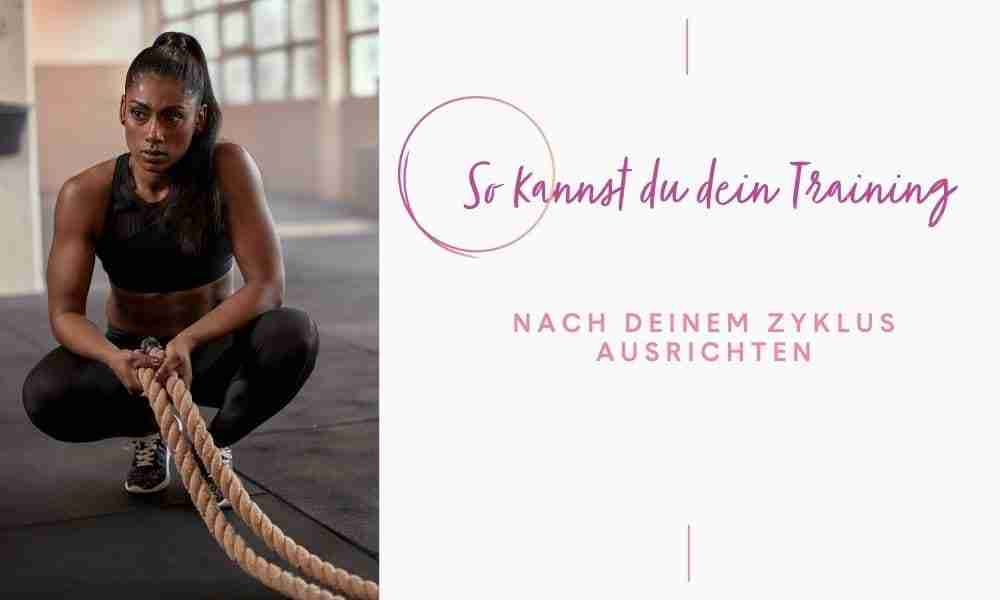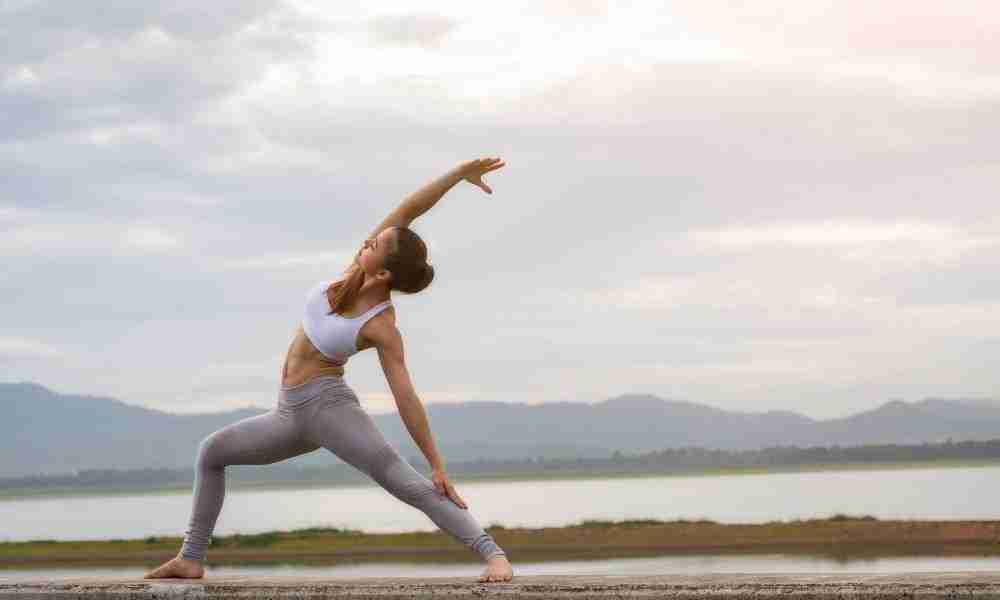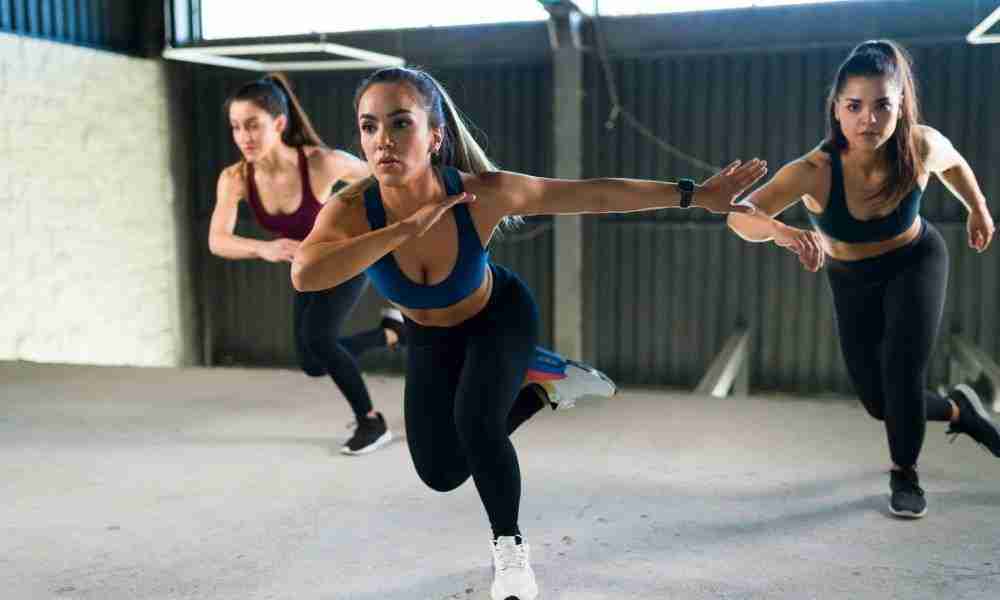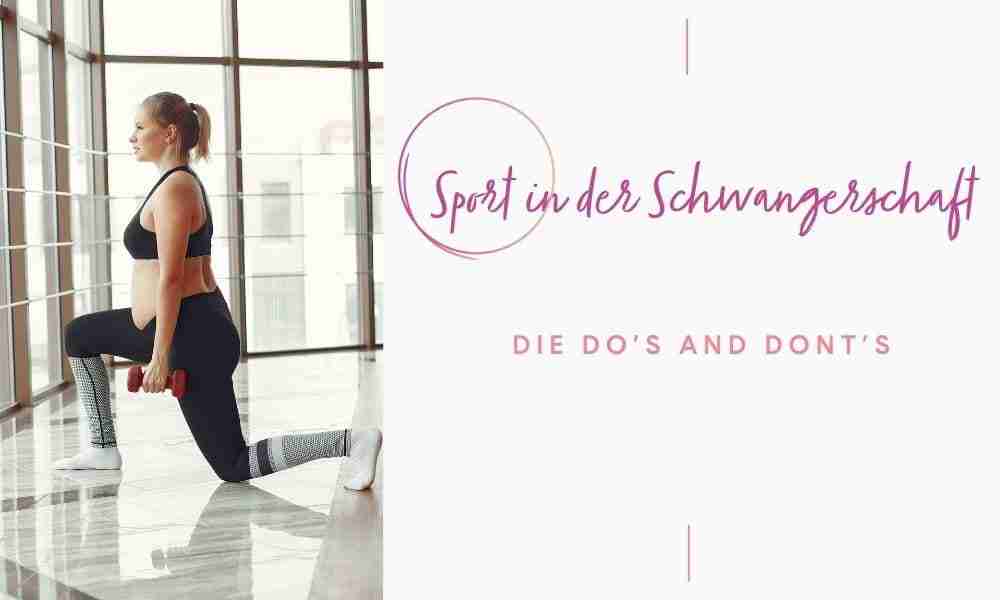
ou may already know that you are not equally fit in every phase of your cycle. But what about exercise? Does it make sense to adapt your training to your cycle? Definitely! Today we'll take a closer look at how you can do this and which types of sport are best suited to which cycle phase.
The first and second half of the cycle are not the same
The female cycle is a complex sequence of hormonal processes. In principle, it can be said to have 4 phases, each of which is characterised by different hormones dominated and controlled.
Before we look at the specifications of each of the 4 cycle phases and what they mean for your training performance, let's take a general look at the first and second half of the cycle.
First half of the cycle: Anabolic
In principle, it can be said that the first half of the cycle is ideal for building up (whether strength or endurance). The second half of the cycle, on the other hand, is better suited to stabilising training success.
In the first phase of your cycle, you have the best conditions for successful training sessions. The reason for this is that the increase in oestrogen estradiol has an anabolic (anabolic) effect in this phase and therefore supports muscle building. Your energy is also at its peak, making the first half of the cycle ideal for strength and endurance training.
Second half of the cycle: more catabolic
After ovulation, i.e. in the second half of the cycle, progesterone and your basal body temperature rise (more on this later). The progesterone has a catabolic (catabolic) effect and you no longer have as many energy reserves available. You can of course continue with your usual training, but you will not achieve the same training success as in the first half of your cycle. So if the first half of the cycle is ideal for hard training sessions, you should use the second half for gentler training to stabilise the strength and endurance you have built up previously.
Several studies have also shown that women are more susceptible to injuries in the second half of the menstrual cycle. Progesterone is also to blame for this. The hormone makes tissue, tendons and ligaments softer and more elastic, which is why ligament tears occur more frequently during this time. As we have already explained in our blog post Sport during pregnancy As we have already revealed, this is also the case during pregnancy, as the progesterone level remains permanently elevated during this time and the hormone relaxin is also released, which also softens the tissue to prepare the body for birth. It is therefore advisable not to perform any technically demanding exercises in the second half of the cycle (as well as during pregnancy, of course) and to be a little more careful in general.
The perfect sport for every cycle phase
Cycle phase 1 - Menstruation (approx. 1st-7th day)
The female cycle always begins on the first day of your period. Day 1 of your period is therefore always day 1 of your cycle. Your body has stopped producing progesterone and the excess uterine lining is shed, which triggers menstrual bleeding and sometimes menstrual pain. Sport can now feel more strenuous than usual as your oestrogen levels are low and oestradiol is missing. Nevertheless, this is no reason to skip your workout completely. Moderate exercise can even help with cramps! As with everything, only go as far as feels good for you. Loose endurance training, yoga and stretching are particularly suitable during your period. However, you should avoid abdominal training, inverted postures such as the headstand or strenuous high-intensity training, as this can even make menstrual cramps worse.
Suitable sports: easy runs, yoga, stretching

Cycle phase 2 - The follicular phase (approx. day 5-14)
During the follicular phase, your body prepares for the next ovulation. To do this, it produces more follicle-stimulating hormone (FSH), which stimulates the follicles (egg follicles) in the ovaries to produce more oestrogen. As your oestrogen rises, so does your estradiol level, giving you an extra energy boost. Estradiol has the same effect on women as testosterone does on men and ensures that you not only feel strong and confident, but also that your muscles react more strongly to training stimuli. Estradiol also has a protective effect on your tendons and ligaments.
Studies have shown that the training effect is particularly high during this phase, which is why now is the perfect time to complete intensive strength training sessions and high-intensity training such as spinning, sprints, etc.
Suitable sports: HIIT, intensive strength training, climbing, spinning
Cycle phase 3 - Ovulation (around day 14)
During your follicular phase, the concentration of FSH, LH (luteinising hormone) and oestrogen in the blood continues to rise until the follicle finally bursts and releases the mature egg for potential fertilisation. It can now be fertilised within the next 24 hours. Estradiol reaches its peak shortly before ovulation, which means you are at the peak of your athletic performance. However, it drops rapidly after ovulation because your body then stops producing oestradiol and starts producing progesterone. Listen to your body during this phase and start to slowly reduce the intensity of your training if you notice that your energy levels are dropping.
Suitable sports: HIIT, intensive strength training, but adapt to decreasing energy levels

Cycle phase 4: The luteal phase (approx. day 15-28)
After ovulation, your ovulation period begins. Luteal phase, which we have already discussed in detail in this blog post have looked at. As we have already mentioned, your body now starts to produce progesterone to further build up the uterine lining and prepare the body for a potential pregnancy. The ruptured follicle closes again and forms what is known as the corpus luteum.
Furthermore, your basal body temperature rises by around 0.2-0.5°C after ovulation and remains elevated until the onset of your next period. This rise in temperature is strenuous for your body and puts a strain on your body's own temperature regulation. If you now carry out longer, intensive endurance training sessions, this requires energy and energy in this case also means heat production. When your body heats up, many mechanisms are set in motion to regulate the temperature. As a result, more blood is pumped into the skin to produce sweat so that the excess heat can be released. However, this blood is then lacking in the muscles, which is why you have poorer endurance performance in the luteal phase.
Under the influence of progesterone, many women also suffer from the Premenstrual syndrome (PMS), which manifests itself, for example, through water retention, a feeling of tension in the breasts, mood swings etc. and can make activities feel more strenuous than usual. As already mentioned, progesterone also loosens your ligaments and tendons, which can increase the risk of injury, so avoid technically demanding activities during this phase if possible.
But it's not just your energy levels that drop in the luteal phase; your reaction speed, coordination and fine motor skills also deteriorate. You should therefore reduce the intensity and complexity of your training during this phase. Of course, this does not mean that you should skip your training, but it is a good idea to train a little less or a little lighter. For strength training, for example, this means that you can train with slightly lighter weights than usual and for endurance training you should focus on easy endurance runs rather than sprints, for example.
Suitable sports: low-intensity strength training, easy recovery runs (maximum 60 minutes)
Why cycle tracking can help you maximise your training success
As you have seen, knowing which phase of your cycle you are currently in has its advantages when it comes to maximising your training success. We at femSense accompany you on this journey with our smart ovulation tracker. The smart sensor patch incl. free app with cycle diary measures your body temperature on a maximum of 7 days a month and tells you when you are ovulating. In this way, you learn to understand yourself and your body better and can adapt your life, or in this case your training, to your changing energy levels/needs.
PS: Cycle tracking can also help you save money. There are now many coaches who want to sell overpriced "cycle-based training plans". If you track your cycle yourself, listen to your body and follow our tips, you can easily align/adapt your training to your cycle yourself without investing hundreds of euros in training plans.
We hope you found some of our tips useful. Do you already organise your training according to your cycle or do you always train at the same intensity? Let us know on our Instagram know.
Sources:
Piskur (04/01/2024), Cycle and athletic performance
Ullrich, Heise (04/01/2024), Exercise despite your period? How to train properly in every cycle phase
Bruinvels et al (04.01.2024), Menstrual Cycle: The Importance of Both the Phases and the Transitions Between Phases on Training and Performance
Sport with the cycle (04.01.2024)
Kruckenhauser (04/01/2024), Cycle and sport: what women can look out for





Leave a Reply